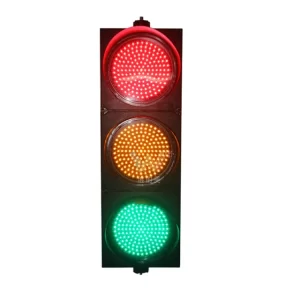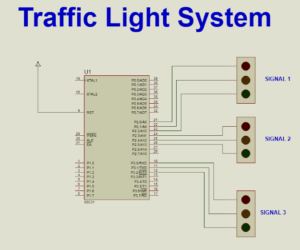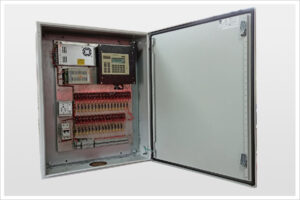Traffic signal controllers are essential components of modern transportation infrastructure. They ensure the orderly movement of vehicles and pedestrians at intersections, thereby reducing the likelihood of accidents and congestion. Understanding how these controllers work can give you a deeper appreciation of their importance in everyday life. In this comprehensive guide, we will delve into the intricacies of traffic signal controllers, explaining their components, functionalities, and various types.
What Are Traffic Signal Controllers? 
Traffic signal controllers are electronic devices that manage the sequence of traffic lights at intersections. They ensure that the lights change in a specific order to direct traffic flow efficiently and safely. These controllers are programmed to respond to traffic conditions, optimizing the timing of the lights to reduce waiting times and improve overall traffic movement.
Components of Traffic Signal Controllers

Traffic signal controllers consist of several key components:
- Controller Cabinet: This houses the controller’s hardware and protects it from environmental factors.
- Controller Unit: The brain of the system, it processes inputs and controls the light sequences.
- Detection System: This includes sensors and cameras that monitor traffic flow and provide real-time data to the controller.
- Signal Heads: These are the lights themselves, which are directed by the controller to display red, yellow, or green lights.
- Power Supply: Ensures the controller and its components receive the necessary electrical power.
How Do Traffic Signal Controllers Work?
To understand how traffic signal controllers work, it’s important to know the basic principles behind their operation. The process can be broken down into several steps:
- Data Collection: Sensors placed at intersections detect the presence of vehicles and pedestrians. This data is sent to the controller unit.
- Data Processing: The controller unit analyzes the data to determine the current traffic conditions.
- Decision Making: Based on the analyzed data, the controller decides the optimal timing for each light.
- Signal Change: The controller sends signals to the signal heads to change the lights accordingly.
- Monitoring and Adjustment: The system continuously monitors traffic and makes real-time adjustments to the light timings as needed.
Types of Traffic Signal Controllers 
Traffic signal controllers come in various types, each designed to meet specific needs. The main types include:
- Fixed-Time Controllers: These controllers operate on a pre-set timing schedule, regardless of traffic conditions. They are best suited for intersections with predictable traffic patterns.
- Actuated Controllers: These controllers adjust the timing of lights based on real-time traffic data. They are more efficient in managing variable traffic flows.
- Adaptive Controllers: The most advanced type, adaptive controllers use sophisticated algorithms and real-time data to optimize traffic flow dynamically.
Benefits of Traffic Signal Controllers
Traffic signal controllers offer numerous benefits, including:
- Improved Safety: By regulating traffic flow, they reduce the risk of collisions at intersections.
- Reduced Congestion: Efficient traffic signal timing minimizes delays and keeps traffic moving smoothly.
- Enhanced Pedestrian Safety: Signal controllers ensure that pedestrians have adequate time to cross streets safely.
- Environmental Benefits: Better traffic flow reduces idling time, leading to lower vehicle emissions.
Challenges and Future Developments
While traffic signal controllers are incredibly beneficial, they are not without challenges. Maintenance and upgrades can be costly, and system failures can lead to significant traffic disruptions. However, advancements in technology are paving the way for more resilient and intelligent traffic management systems. The integration of AI and machine learning is expected to revolutionize traffic signal controllers, making them even more efficient and adaptive.
Conclusion
Traffic signal controllers are vital to modern traffic management, providing numerous safety and efficiency benefits. By understanding how these systems work, we can appreciate the complexity and importance of maintaining and upgrading our traffic control infrastructure. As technology continues to advance, we can look forward to even smarter and more responsive traffic signal controllers, further enhancing the safety and efficiency of our roadways.
In conclusion, traffic signal controllers are the unsung heroes of our roads. They ensure safety, reduce congestion, and adapt to changing conditions, all while working seamlessly in the background. With continuous advancements, these systems will only get better, making our commutes safer and more efficient.
